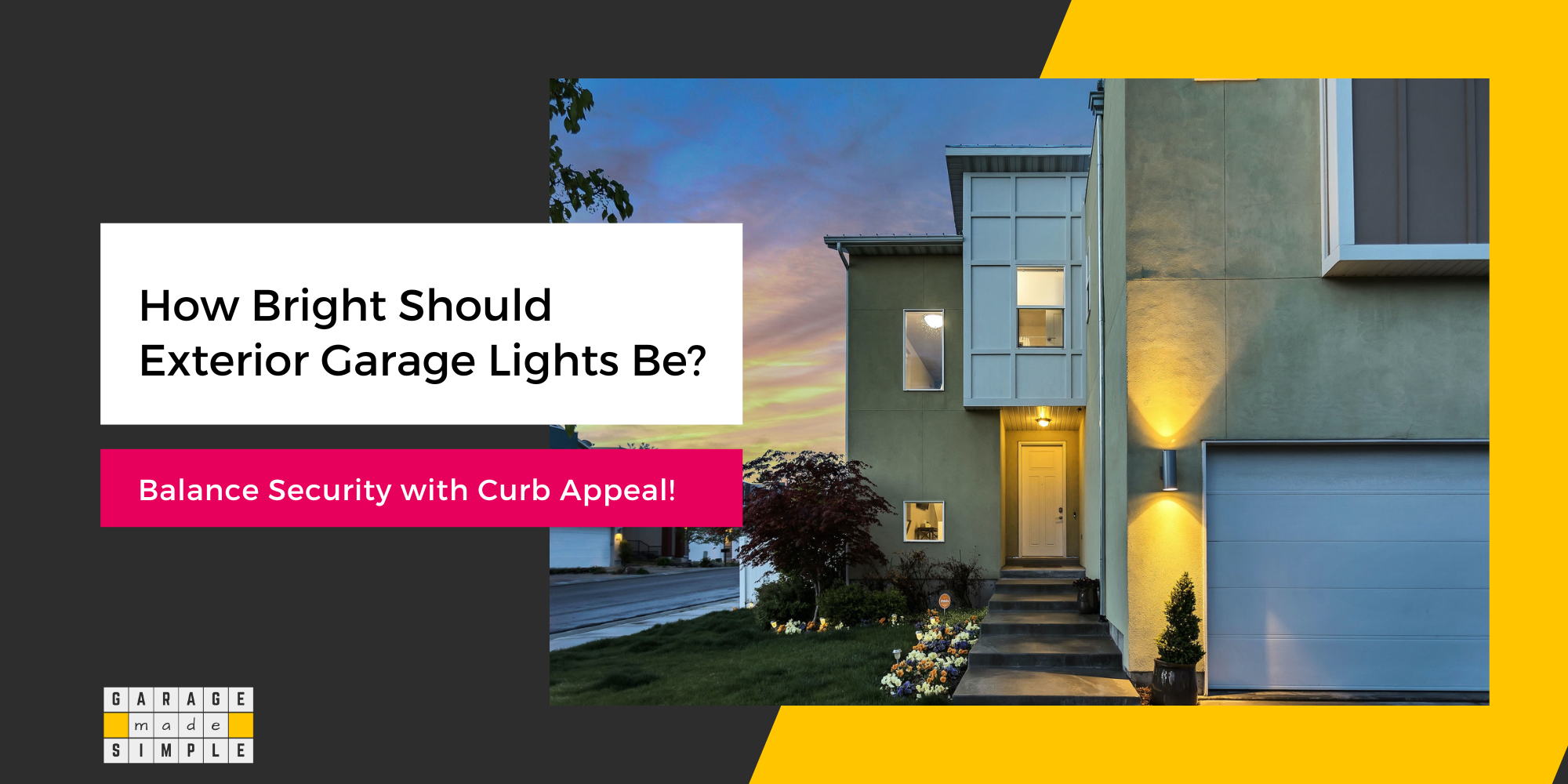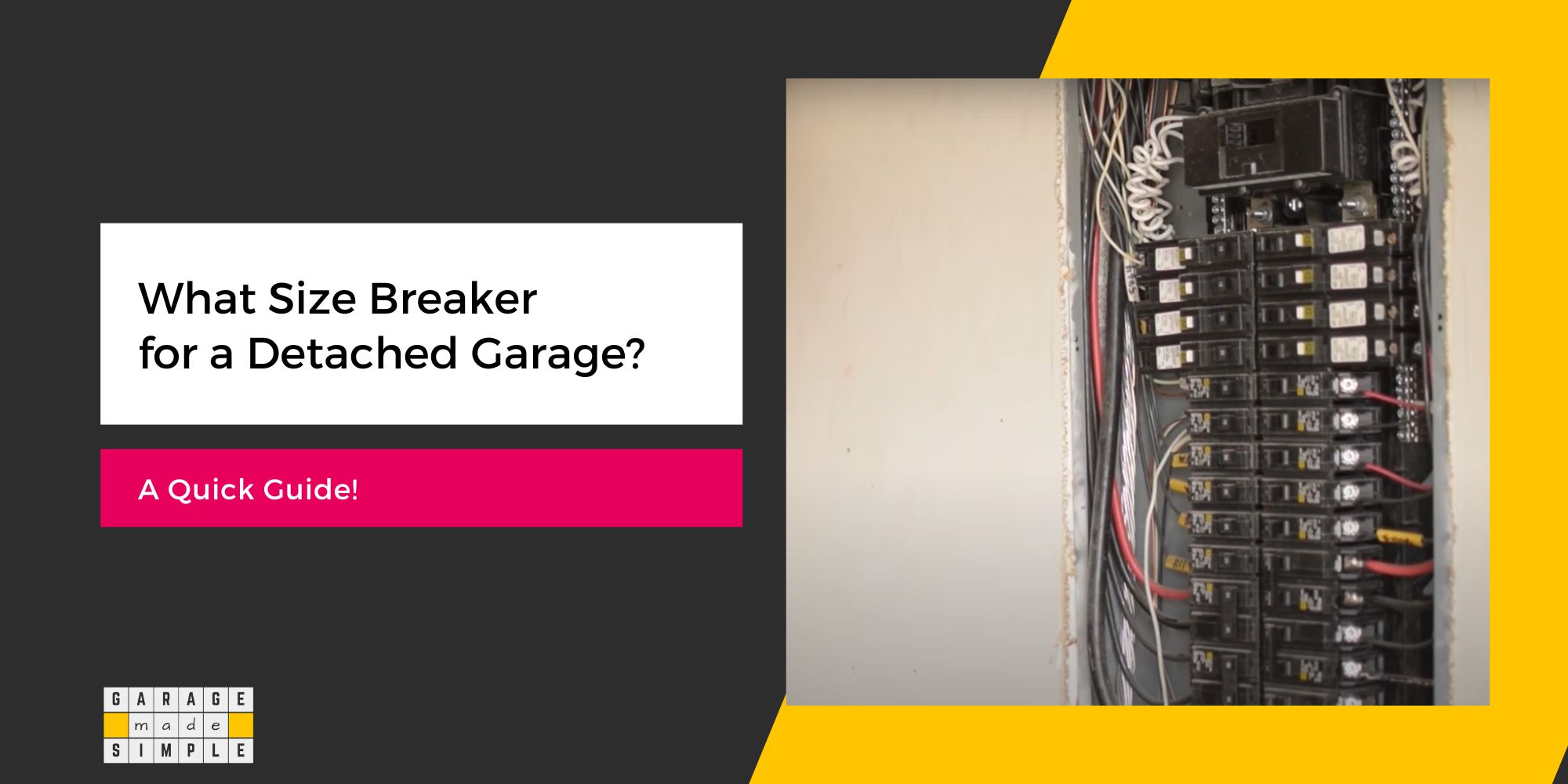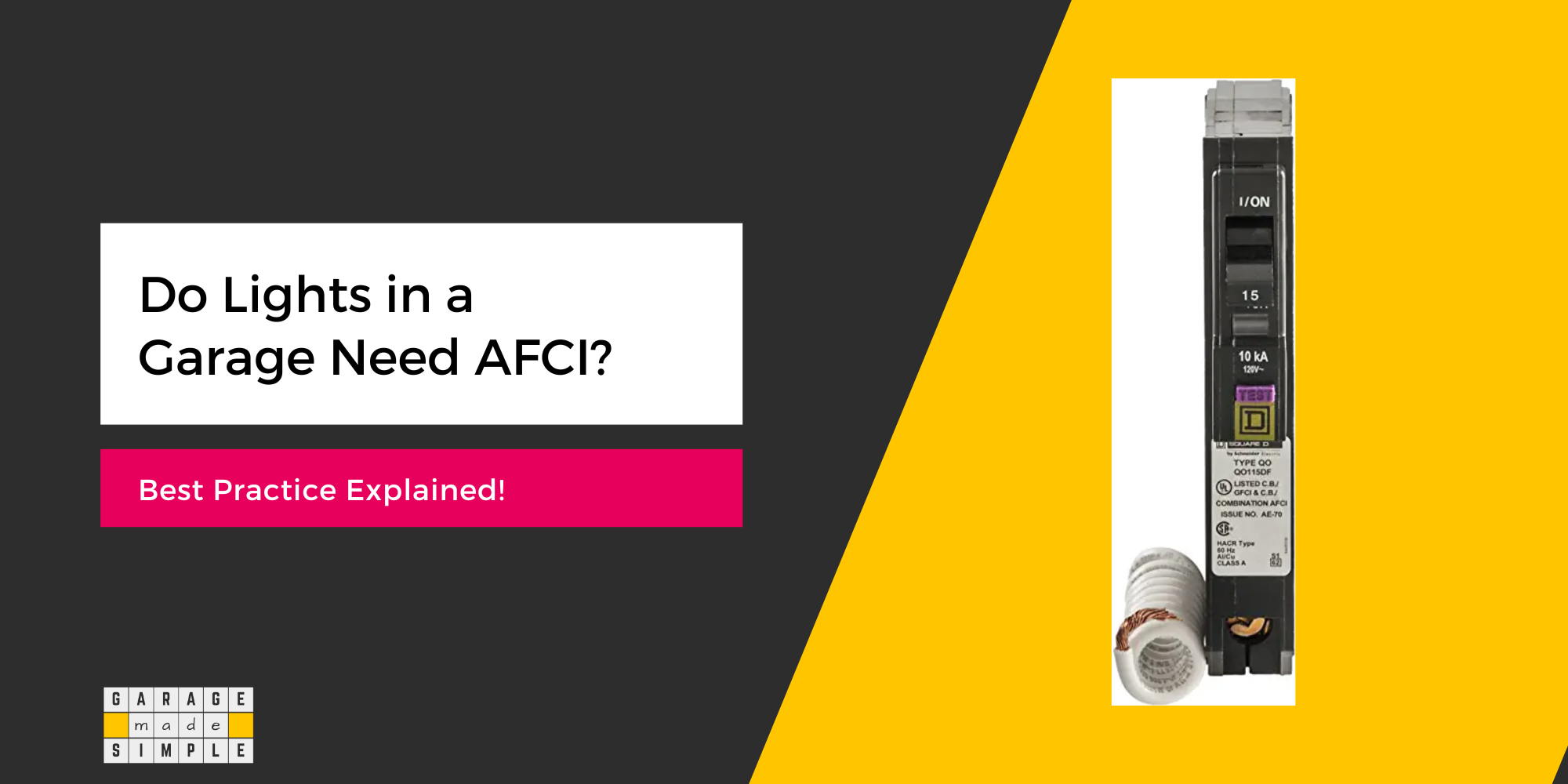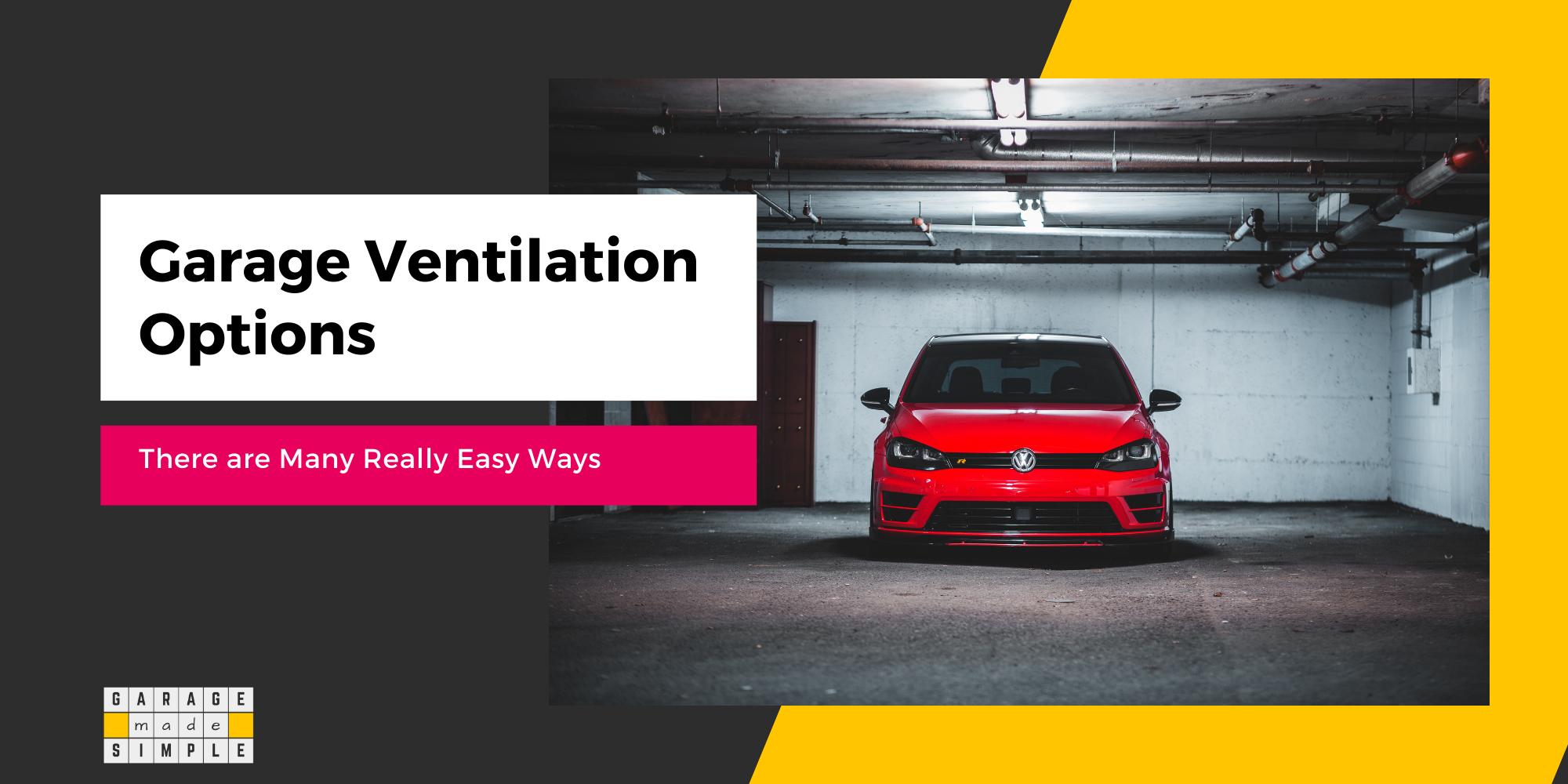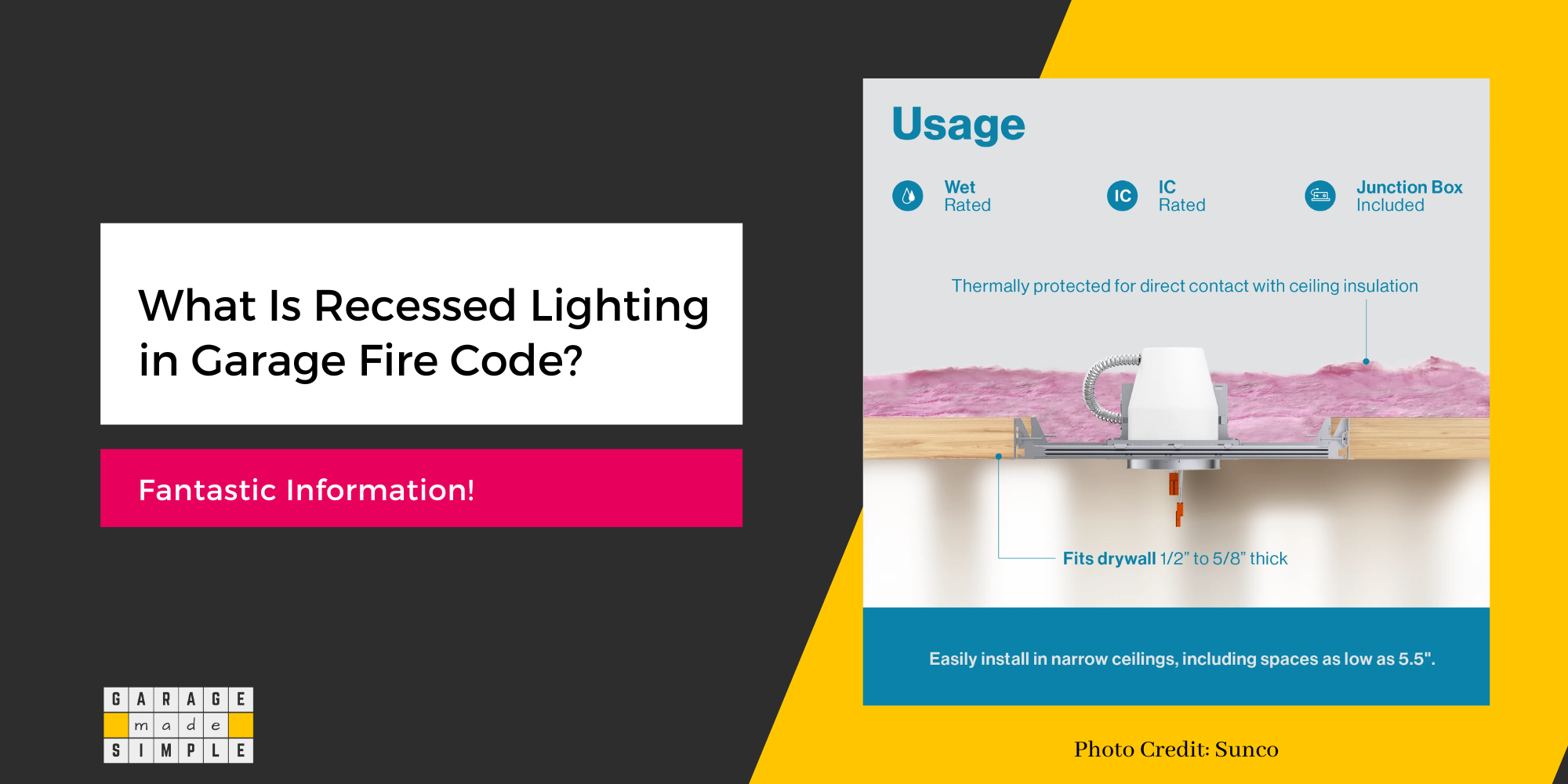Will Solar Power From Detached Garage Really Save Money?
As an Amazon Associate, I earn from qualifying purchases.
Sun is a never ending source of clean energy. Sure, you know that. But did you know that Solar Power from your Detached Garage can really save money?
Unless you are a scientist or an engineer working in the energy sector, you may have limited knowledge about how solar power works and saves money for you.
In this post I will explain the basics of solar power in simple & easy to understand language. This will be enough for you to understand the solar power system and estimate the rating you need, costs involved, tax benefits, energy cost savings, etc.
You will be able to figure out the “Return On Investment” (ROI) of getting Solar Power from Detached Garage.
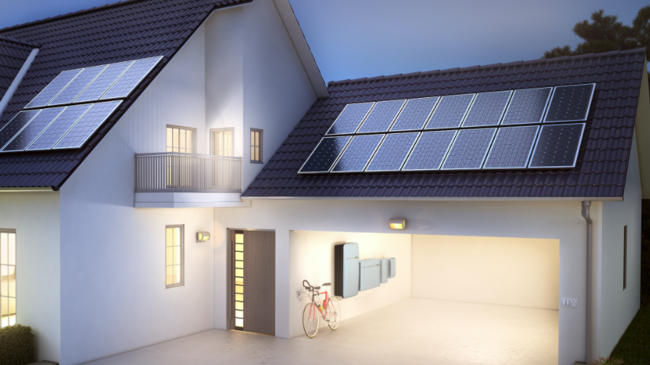
How Much Money can you Save using Solar Power from Detached Garage?
You can save $600 per year on an average by installing a 3 kW Solar Power System on a Detached Garage roof. The system will generate 4000 kWh of electricity per year. The garage should have 200-240 square feet of south facing roof to accommodate 10-12 solar panels. The payback period is 7-10 years and the ROI is in the 10-30% range.
* The numbers are indicative estimates. Several factors need to be considered for specific calculations. Read the blog for a better understanding.
Can you put Solar Panels on Detached Garage?
You definitely can put solar panels on your detached garage roof, if it gets plenty of sunlight.
Installation of Solar Panels on top of a detached garage that has a sufficiently large roof facing the sun most of the day could even make the detached garage power independent from your home. The solar panels can generate electricity during day and store it in batteries for use at night.
The power requirement of a detached garage is not much. The power generated from the solar panels on the detached garage will be able to meet the requirement. With solar panels you can even insulate and add heating to a detached garage and make it more comfortable.
How does Home Solar Power work?
Home Solar Power, in this case the Garage Solar Power, works by using technology to harness the energy in the sunlight and converting it to electricity.
The electricity can be used to run the essentials such as the Garage Door Opener Motor and the Garage Door Lights. It can be used to run climate control and ventilation equipment such as the exhaust fans and split mini air conditioners or the radiant heating to keep the garage comfortable and livable.
Sun as the Power Source
The sun is huge and at its core is hydrogen. The hydrogen is at extremely high temperatures & pressure because of the immense size & gravity of the sun. The result is that the hydrogen atoms meld together to form helium atoms through a process called “nuclear fusion”
Nuclear fusion releases a lot of energy. When I say, a lot, it is really A LOT!!
“Every 1.5 millionths of a second, the Sun releases more energy than all humans consume in an entire year.”
Source: NASA
Put another way, the amount of solar energy falling on earth is 10,000 times more than what humans need. (Source: NOAA)
What is the Purpose of Photovoltaic Cell?
Scientists & Engineers have figured out a way by which the sunlight is used to knock electrons free from atoms, generating a flow of electricity. They call this process “photovoltaic”.
A solar panel is nothing but an array of photovoltaic (PV) cells, which is basically a sandwich made up of two slices of semiconducting material, usually silicon.
The electricity from each cell is collected and channeled to an inverter. The inverter converts DC to AC which can be used or stored.
What are the Main Components of a Solar Power System?
A residential Solar Power System can be “grid-tied” or “off-grid”. The off-grid system has the following main components.
Solar Panels
The number of panels required depends on the total energy kW requirement and the energy that each panel can generate.
Most residential solar power systems use between 250-325 watt solar panels. So a 10kW solar power system will have between 30-40 solar panels.
Inverter
Each solar panel has an inverter that converts the DC electricity generated to AC electricity required. The inverter is often integrated into the solar panel, making the installation process a lot easier.
Panel Mounting
This is the frame that holds the photovoltaic cells and the inverter into a solar panel. This needs to be light and sleek.
Monitoring System
Complete electricity generation and consumption analysis available from the EnergyLink app.
Energy Storage Batteries
The electrical energy generated during the day when the sun is shining is stored in an efficient battery for use in the night to, say, power the lights.
Technically speaking, this would not be necessary in a grid-tied system. In reality it is a good practice to have it as a backup for unexpected power outages. The battery can also kick in when demand on the grid is high (which means the rates are high!)
Power, Energy Consumption & Area Calculation Guide
Power Rating
Every electrical appliance, right from a light bulb to a refrigerator, in your house comes with a power rating. For example an LED bulb may be rated 15W while a refrigerator may be rated 150W.
Energy Consumption
To calculate the actual energy consumption, you need to multiply the power rating of an appliance with the number of hours the appliance is in use, A 15W LED bulb switched on for 5 hours would consume 75Wh of energy.
To estimate the energy requirement of your home, you will need to estimate the usage time of each appliance, multiply that by its power rating and then add up all the energy consumption estimates across every appliance.
Rating of Solar Power System
This can be very tedious. An easier way is to check your electricity bill for the last 12 months. Utility bills will give you the energy consumed in kWh along with the amount.
It is best to take a 12 month period as the energy consumption will have a seasonality. For estimating the required power rating of the solar power system, use the maximum, rather than the average, monthly consumption.
Just For Your Information
In 2019, the average annual electricity consumption for a U.S. residential utility customer was 10,649 kWh, an average of about 877 kWh per month.
Source: EIA
If the maximum monthly consumption is 900 kWh then the daily consumption would be 30 kWh. Assuming that the solar panels on the detached garage can get direct sunlight for 5 hours in a day, the power rating of the solar power system on the detached garage should be 6 kW.
This calculation assumes 100% efficiency. In reality, efficiencies are lower and you would probably need a 8kW system.
The amount of sunlight you can get is location dependent. You would need a much larger system in Alaska as compared to one in Texas, for example.
Area Calculations
A solar panel takes up about 20 square foot of roof space. If it is rated at 300 W, then a 6 kW (that is 6000 W) solar power system would use 20 panels (6000 W divided by 300 W) and would need 400 square feet (20 X 20) of roof space.
Keep in mind that these are simplistic calculations, just to illustrate the method.
In reality, many other factors such as roof pitch, panel efficiency, location etc. have to be incorporated in the calculation.
Which is Better? Grid-Tied or Off-Grid Solar Power System?
An important decision that you will need to make is whether your Solar Power System will be Grid-Tied or Off-Grid.
In a grid-tied system the energy generated is stored in the power grid, whereas in the off-grid system the energy generated has to be stored in batteries.
The advantages of a grid-tied system are:
- Lower initial cost as storage battery is not required
- Can sell additional energy to the grid
- Assurance of power from the grid if your requirement is higher
Often even a grid-tied system has a battery storage as a backup, in case of unexpected power outages or extreme weather.
If your house is far from the grid then an off-grid system may be more cost effective and better for you.
How Much does a Solar Power System for a Detached Garage Cost?
The cost of a Solar Power System for a Detached Garage depends mainly on the power rating and whether the system will be grid-tied, grid-tied with battery backup or off-grid.
Solar Power System cost should include all costs; that is solar panels, inverters, panel mounting, circuit breakers, wiring, storage batteries, etc., labor costs, permits & inspections.
Prices can and do vary across locations. This is partly based on the amount of sunlight a state gets. The more the sunshine hours the less the number of solar panels required for the same kWh energy generation.
Prices also depend on quality and the guarantees that manufacturers give. It is not advisable to go for the lowest price as it is a long term investment.
The good news is that the initial costs of solar power systems have been steadily declining. It has dropped from $6.00 per watt in 2010 to $2.50 in 2020.
How to Get a Building Permit for a Solar System?
Before you can put up a solar power system on your detached garage you need to get a building permit from the local authorities.
The solar permit is only granted after submission of drawing sets for rooftop installations. Engineering drawings with detailed measurements for obstructions, fire setbacks, array locations, conduit path, junction boxes, mounts and rails, must be submitted and an approval obtained.
DISCLAIMER: I am not an employee or affiliate of Go Green Solar or SUNPOWER. I will not have any financial or other benefits if you buy their products or use their services. The information presented here is to better inform my readers and to be help them in their decision making.
If your home is in California or a nearby state, why not check out Go Green Solar. Their solar kits come with a guarantee that you will receive a permit to install your system or your money back.
They will make sure you have all the necessary components and instructions to get your system up and running. They have thousands of satisfied customers and hundreds of testimonials!
Check out Solar Reviews to get an idea of the cost by state, by brand and by system size. The site also has a solar panel cost calculator, that you can use for your specific requirements.
Are there Tax Breaks for Installing Solar Panels?
FEDERAL
The tax credit has been raised and the time frame extended in the passage of the Inflation Reduction Act passed in August of 2022. The revised schedule is as under:
| YEAR PLACED IN SERVICE | FEDERAL SOLAR TAX CREDIT |
| 2021 | 26% |
| 2022-2032 | 30% |
| 2033 | 26% |
| 2034 | 22% |
Here is a link that can be super helpful for understanding and claiming the Federal Tax:
Federal Solar Tax Credit (What It Is & How to Claim It for 2023)
https://www.ecowatch.com/solar/incentives/federal-tax-credit
STATE
In addition to the Tax Credit from the Federal Government, most states have incentives that can further lower your cost or provide some other value. For example New Jersey allows 100% exemption from Sales Tax.
Please check for your state and location.
What is the Best Way to Finance Solar Panels?
Some companies offer integrated solar power system solutions. This includes features like a 25 year guarantee on all components and a financing option with 0% down payment. They can also adjust your eligible Tax Credit from the initial price.
You might want to check out SUNPOWER. They have an outstanding offer.
- The SunPower Equinox® system with SunVault™ Storage is the only home solar + storage system designed by one company. From record-breaking panels to seamless energy storage, every component is designed to work together perfectly.
- The warranty covers your whole system (not just the panels). They have got you covered for 25 years – including performance, labor and parts.*(conditions may apply).
- The SunPower Equinox® system features unrivaled performance with the most efficient solar panels on the market.*
- Their experts do the legwork. They are a national brand with a large network of dealers & installers.
- SunPower offers three flexible payment options, so you can choose what’s right for you—cash, lease or loan. And you may qualify for federal solar tax credits* with a cash purchase or our popular loans.
Why put Solar Panels on a Detached Garage Roof?
Solar panels can be placed anywhere, as long as they get maximum exposure to sunlight. The detached garage may often be a good choice for a residential solar power project.
Location
Quite often the location of a detached garage is ideal. The roof may not be under any shade. This ensures that the panels are exposed to the sunlight for longer periods.
The electricity produced by a solar panel is directly proportional to the time it is exposed to direct sunlight. Put another way, the size of the solar power system can be reduced if the exposure time can be reduced.
Roof Style & Pitch
A building roof can be a gable roof, a gambrel roof or a hip roof. Generally detached garages have gable roofs with a low pitch of 3/12 or 4/12. The main house usually has a hip roof with a higher pitch ranging from 4/12 and 9/12.
For the same floor area a gable roof will offer more space to put panels than a hip roof. A standard 2 car garage has a floor area of 400 (20’X20’) square feet. Each of the gable roofs will have an area of around 206 square feet, enough to put 10 solar panels. That can power a 3 kW solar power system.
Now that may not be enough but it helps. Other panels can be put on parts of the house roof.
Lower Visibility
If you think that solar panels on your roof reduce the curb appeal, then putting some of the panels on the detached garage roof will certainly help. Since the garage doors will likely face the street, the garage roof will be perpendicular to the street.
The solar panels will be less visible. It also helps that the garage roof is both low and at a lower pitch.
Read my earlier blog post The Best Location For Detached Garage Next To House (Practical!) if you are planning on a new detached garage.
Convenient Battery Location
The batteries of the solar power system can be conveniently located within the garage. Quite often it is difficult to find a convenient place for them inside the house.
Add a Carport
Is your garage so full of stuff that your cars need to be parked outside? Why not add a carport attached to the detached garage and place some of the solar panels on it?
You will be killing two birds with one stone.
Check out my earlier blog post What You Need To Know About Carport Attached To The Garage for more information on carports.
DISCLAIMER: What Is the Safest Way to Handle Electrical Wires?
This post is for information only. I strongly recommend that all electrical work should be entrusted to licensed professional electricians. In case you do decide to do some of the work yourself, make sure that:
“Treat all electrical wiring, even “de-energized” ones as if it is live, unless it has been locked out and tagged”
You must follow the basic safety guidelines:
- Use protective eyewear, especially when drilling or grinding metal
- Wear insulated rubber gloves when working on any circuit or branch circuit
- Always use insulated tools while working with electricity
- De-energize the electrical wires on which you will be working. Tag the circuit breaker to prevent someone from switching it on accidentally
- Electrical wiring in wet or damp locations or underground must be within a PVC conduit
- Underground wiring conduits should be at least 18 inches below grade as per code
- All receptacles for equipment that could be in wet or damp locations should be equipped with Ground Fault Circuit Interrupter (GFCI)
- Never use old frayed cables, damaged insulation, or broken plugs
- High-voltage equipment should be properly grounded to ensure electricity flows directly to the ground and not through the person in contact with the live wire
Bottom Line
The bottom line is that solar power systems installed on a detached garage (and other parts of the house) can result in enough savings to offset your electricity bills. You will really appreciate its usefulness when the grid breaks down in a storm.
Solar power is earth friendly and will reduce your carbon footprint. The Federal Government will give you Tax Credits too!
The initial setup cost is substantial but you will recoup your investment much before the warranty on the system expires. You can also avail of financing options.
So what are you waiting for?
Thank you very much for reading the post. I do hope you found it informative and useful.

